Aimonas is a village situated in the Messa Mylopotamos region within the Municipality of Kouloukonas, in the Rethymno Prefecture of Crete. It is positioned in the northeastern part of the prefecture, just 6 km from the border of the Heraklion Prefecture. The village is 48 km away from Rethymno and 34 km from Heraklion. The inhabitants of Aimonas are engaged in various occupations, including livestock farming, agriculture, and trade. Aimonas is a village that honors the traditions, customs, and cultural heritage of Crete. The residents have a deep appreciation for Cretan music, dance, and poetry. Many villagers are actively involved in Cretan music, both as amateurs and professionals. The village has also produced several accomplished writers who often reference Aimonas in their works.
Historical References
While specific references to Aimonas during the Venetian rule are scarce, it likely shared the experiences of many Cretan villages under Venetian administration. This era was marked by a complex interplay of cultural influences, economic development, and social stratification. The village’s name appearing in Venetian documents as “Aimonos” in 1577 further solidifies its presence during this time.
The Ottoman census of 1671 recorded the village as “Aymonos” with 38 “charatsa,” a tax unit indicating its size and economic capacity. This era was characterized by resistance movements against Ottoman rule, and Aimonas likely played a role in these struggles, as evidenced by the mention of its involvement in the Cretan Revolt of 1866.
Following Crete’s liberation from Ottoman rule and its subsequent union with Greece, Aimonas continued to evolve as a rural community. Census data from 1881 (149 residents) and 1900 (227 residents) reflects population fluctuations, possibly linked to socio-economic factors and migration patterns.
Historical Significance
The village’s participation in the Cretan struggle for independence from Ottoman rule underscores its contribution to the island’s history. Its strategic location and the resilience of its inhabitants likely made it a valuable asset in resistance efforts. Aimonas stands as a testament to the preservation of Cretan traditions, customs, and cultural heritage. Its residents’ active engagement in music, dance, and literature reflects a deep-rooted connection to their cultural identity.
Population Data Over the Years
Year |
Population |
|---|---|
1583 |
202 |
1881 |
149 |
1900 |
227 |
2011 |
215 |
Current Status
The village maintains a relatively small population of approximately 215 permanent residents. The local economy primarily revolves around agriculture, livestock farming, and trade, reflecting the traditional livelihoods of the region. The village fosters a strong sense of community, evident in its cultural association and the active participation of residents in preserving traditions and organizing events. Aimonas possesses essential infrastructure, including a rural health center, a primary school, a police station, and a post office, catering to the basic needs of its inhabitants.
Village Key Points
- Historical References: Aimonas has a history dating back to at least the Archaic period, evidenced by archaeological findings. It is first mentioned in written records in 1577.
- Location: Situated in the Messa Mylopotamos region of the Rethymno Prefecture, Crete. It is in the northeastern part of the prefecture, near the border of the Heraklion Prefecture.
- Historical Significance: The village played a role in the Cretan resistance against Ottoman rule and was home to notable figures like Michalis Kalisperakis.
- Current Status: Aimonas is a village with a strong connection to its Cretan heritage and traditions. The population is primarily involved in agriculture, livestock farming, and trade.
Access
Aimonas is 4.6 kilometers away from the town Anogeia and 3.4 kilometers away from Axos.















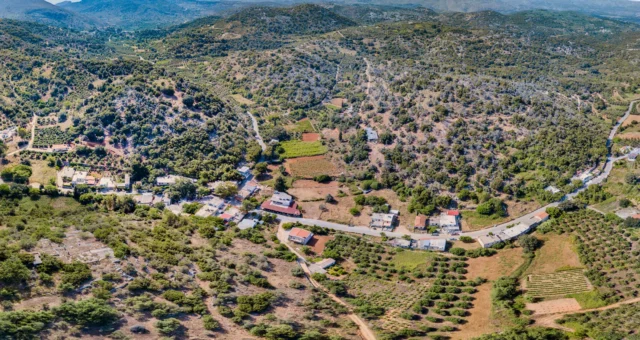

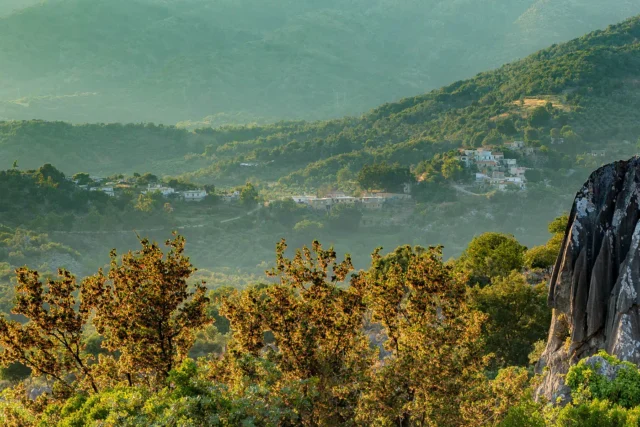
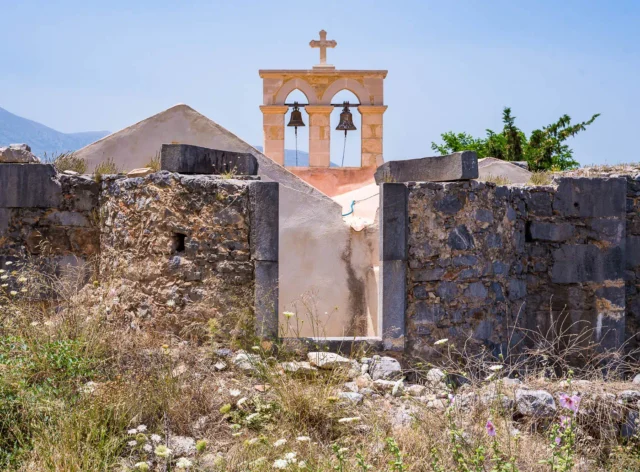
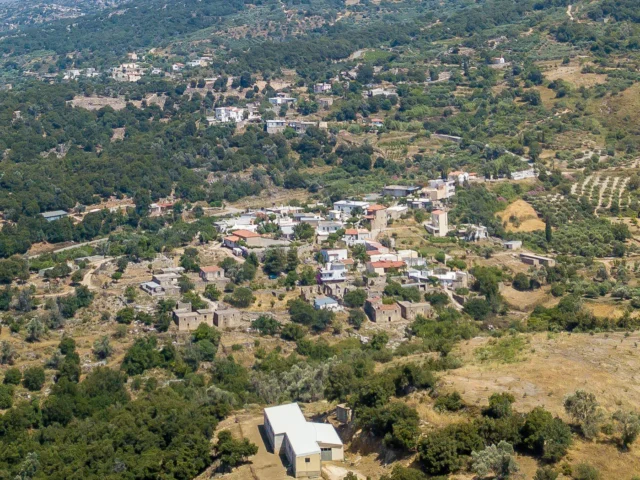
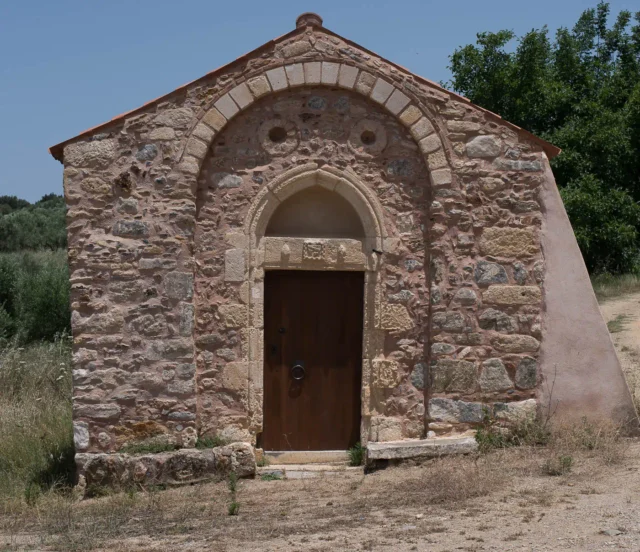


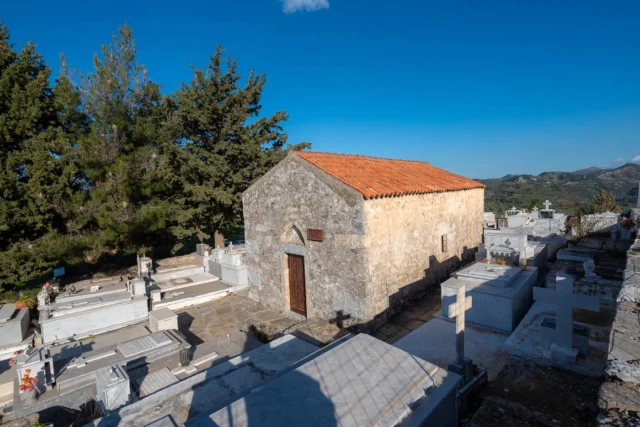
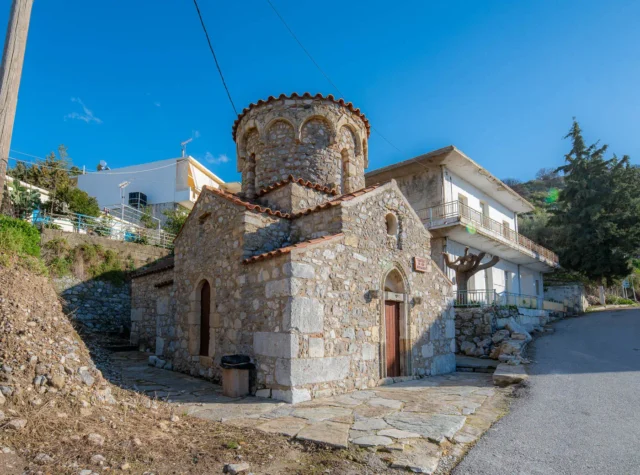
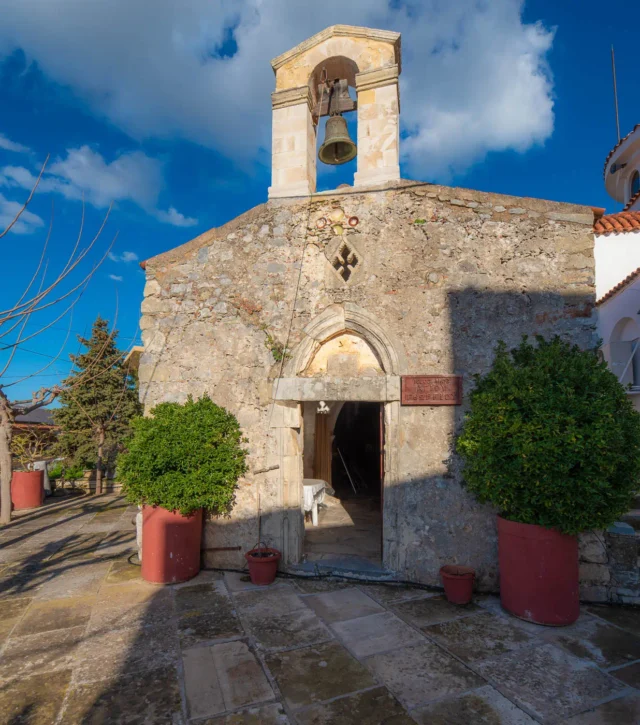
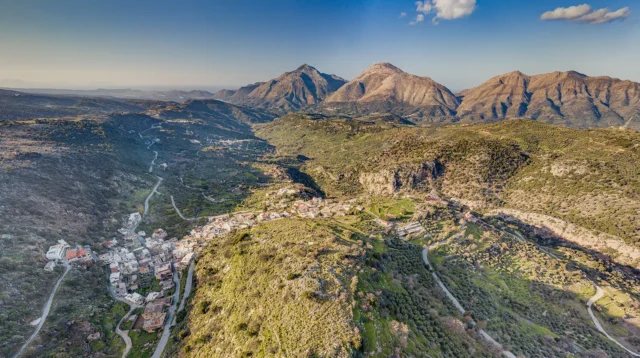
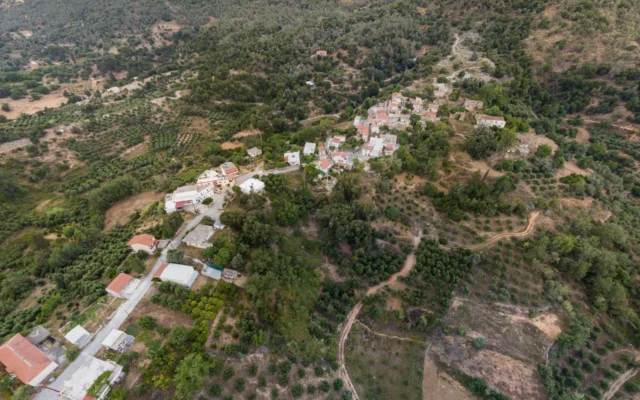


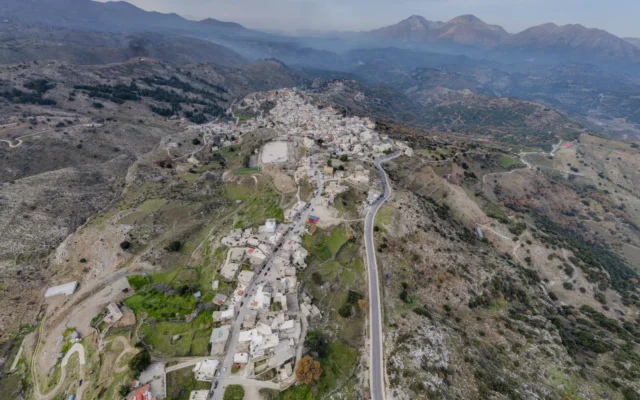


There are no comments yet.